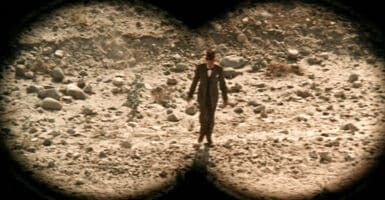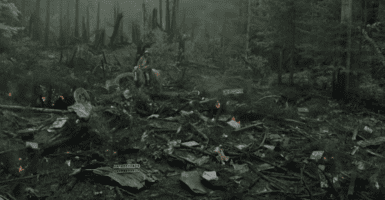Stars Are Vanishing, And No One Knows Why

Back in 1952, the Palomar Observatory did a photographic survey of the night sky as part of a project to take multiple images of the same region of the sky. However, images taken around 8:52 that evening captured the light of three stars clustered together, but when the region was photographically captured at 9:45, not a whole hour later, the three stars were missing. According to ScienceAlert, nobody knows why the three stars vanished. Perhaps a more advanced civilization turned on their Dyson Spheres?
Stars Don’t Just Vanish Out Of Thin Air
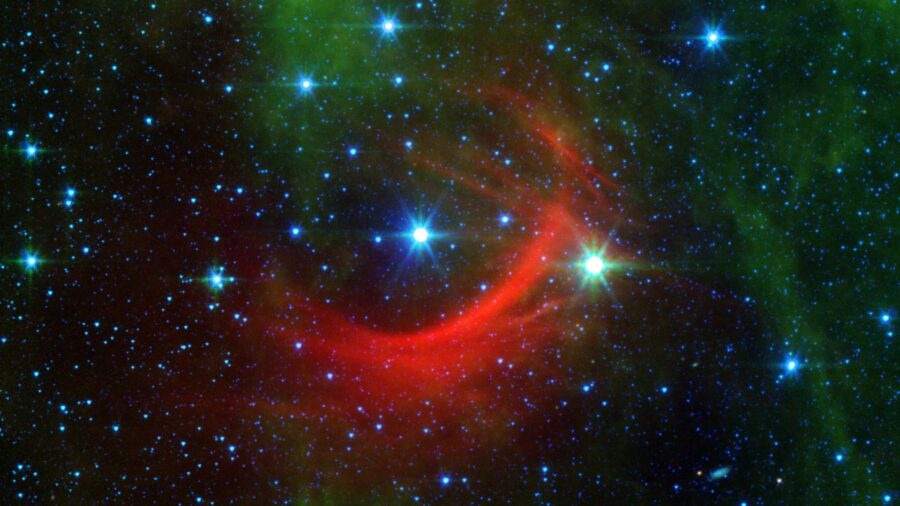
All jokes aside, the problem is that stars don’t just vanish like that. They can explode or experience a brief period of brightness—all of which are measurable events—but they don’t just vanish like that. And yet, the images point to the contrary.
Furthermore, more than 100 stars have suddenly gone missing since 1952, and nobody knows why this has happened. The first recorded disappearance of stars was heavily theorized, and many believed that they suddenly dimmed, but even that consideration is far-fetched, as they would have to dim by a factor of 10,000.
The Findings May Not Have Actually Been Stars
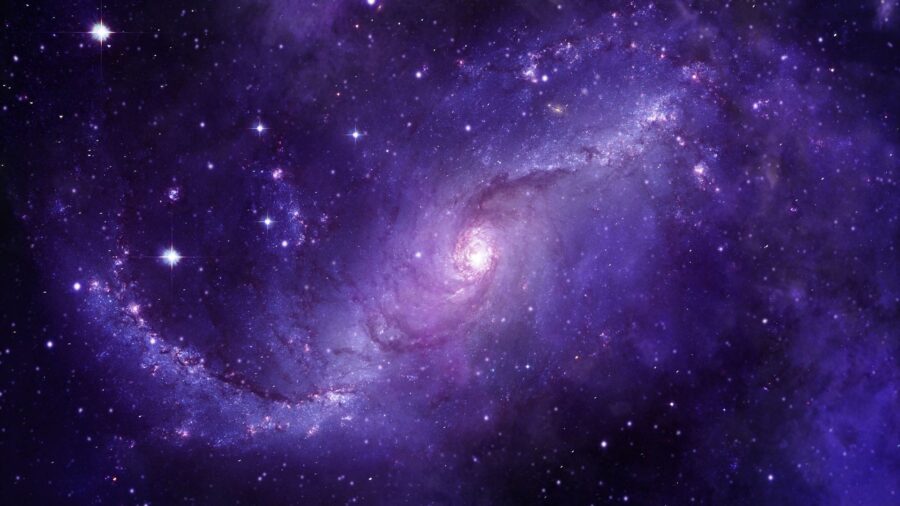
Other ideas suggested that the original stars weren’t stars but a star, one star that brightened for a short time like a fast radio burst from a magnetar. While bursting, a stellar-mass black hole could’ve passed in front of it, causing the flare to lens as three images for a brief time due to gravity. This is certainly a possibility, though equally as rare as the first one.
Dust Could Be To Blame

Another possibility suggests that they’re not celestial objects at all but radioactive dust that could’ve contaminated the photographic plates, thus creating bright spots on some images and not others.
The latter stems from the fact that Palomar Observatory isn’t too far from New Mexico deserts where nuclear weapons testing occurred—hence the presence of radioactive dust. And given similar vanishings that happened on other photographic plates of the 1950s, the latter seems most probable. There are other ideas, like stars failing to go supernova and instead collapsing into a black hole, but the chances of that happening are less than 1 in 90 million, and it still wouldn’t explain why so many points of light, not just the initial three, went missing.
Even Exploding Stars Leave Behind Evidence
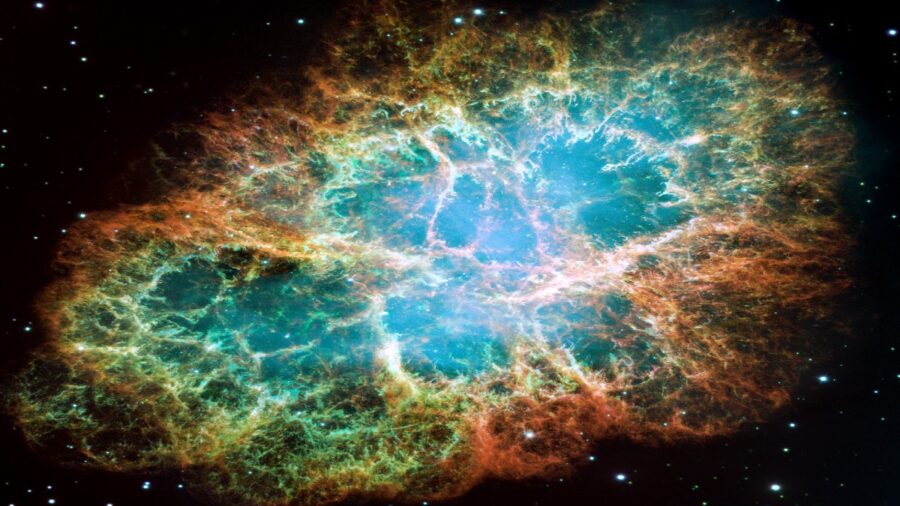
Stars like Betelgeuse may dim or explode as a supernova, but even that leaves an afterglow for hours or even days, and they don’t simply vanish from view without a trace. While astrophysicists are still trying to discern a concrete reason as to what caused these stars to disappear, others have pointed out the possibility of an advanced alien civilization turning on their Dyson Spheres. For those who aren’t familiar, the Dyson Sphere is a hypothetical way for advanced civilizations to harness the power of a star—which is actually nature’s fusion reactor—by surrounding it with solar panels.
The Mystery Remains Unsolved
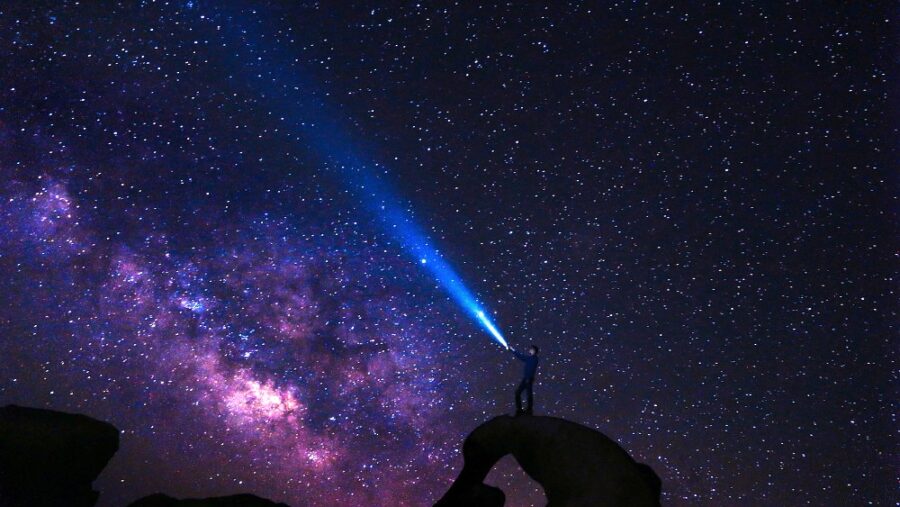
Ultimately, the answer to the question of where all of these stars go remains elusive, leaving us—a civilization that sadly still doesn’t have its own Dyson Sphere—with a lot of missing stars from the night sky and not much of an explanation as to why and where did they go.
